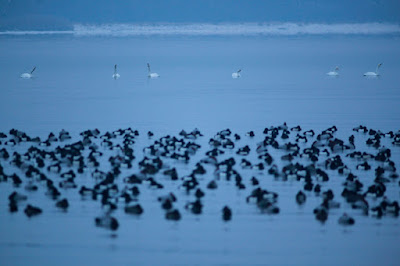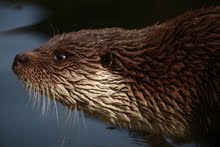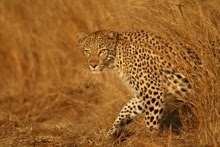Today was the great day: the largest, most dramatic, most incredible Bird Blogger Convention EVER! to take place in central europe with central european bird bloggers.
given that there only appear to be two bird bird blogs in the whole of Germany and Austria, that just means that Jochen (of Bell Tower Birding fame) and I got together.
Having just a couple of hours to entertain ourselves, we quickly darted up the Sellraintal to Kühtai to try pick up some of the high alpine birds. We were rewarded with about 12 Alpine, 20 White-winged Snowfinches and frozen hands (it was -7°C up there, after all).
It is always great to meet blogger friends... so far I have managed to meet up with Corey, Joan and Sharon, with whole piles more to go...
Happy birding,
Dale




























.jpg)



.jpg)








.jpg)


